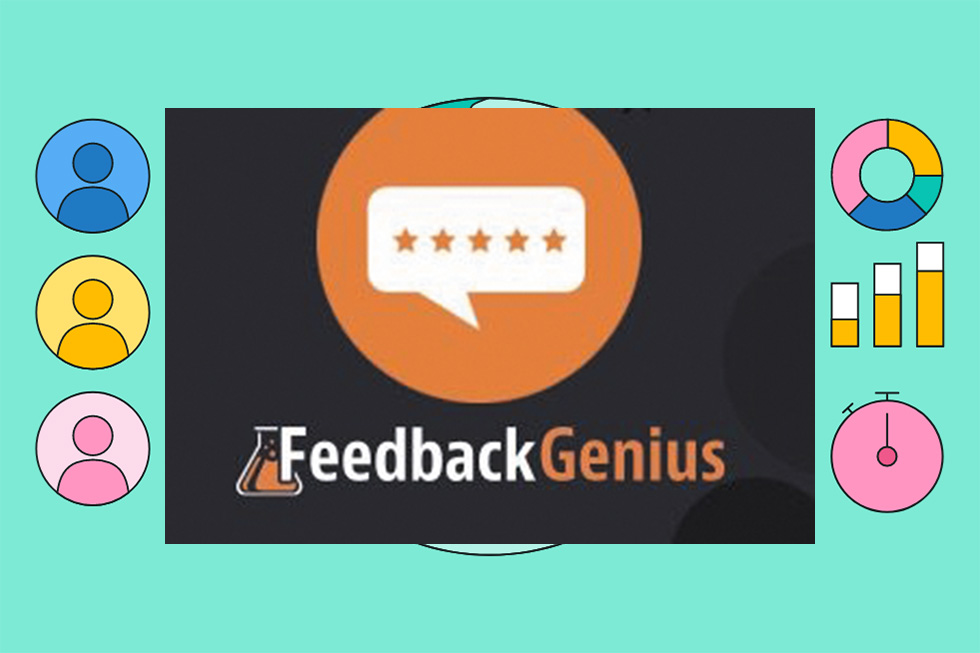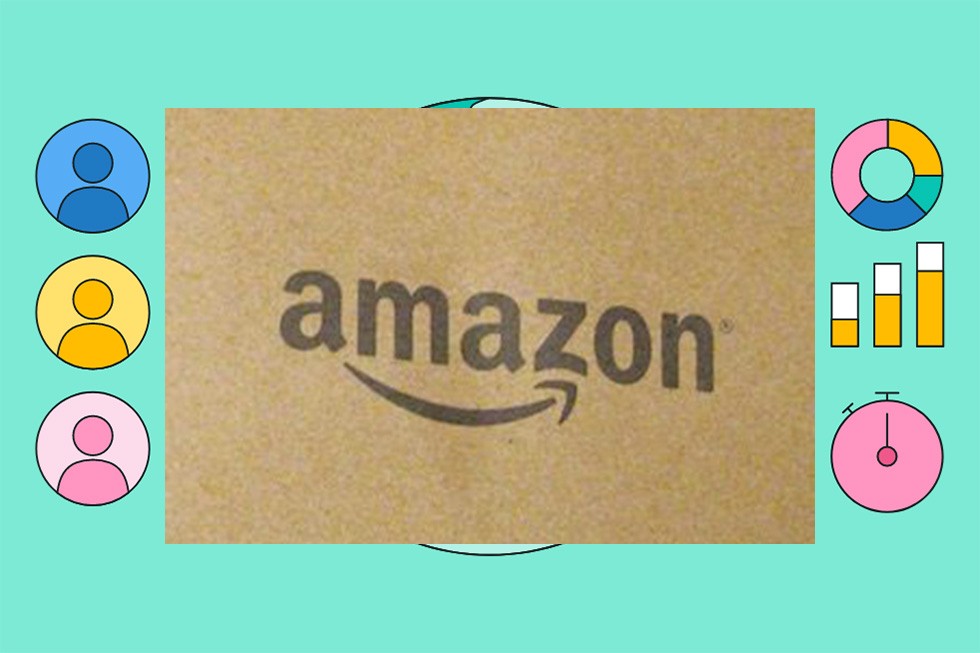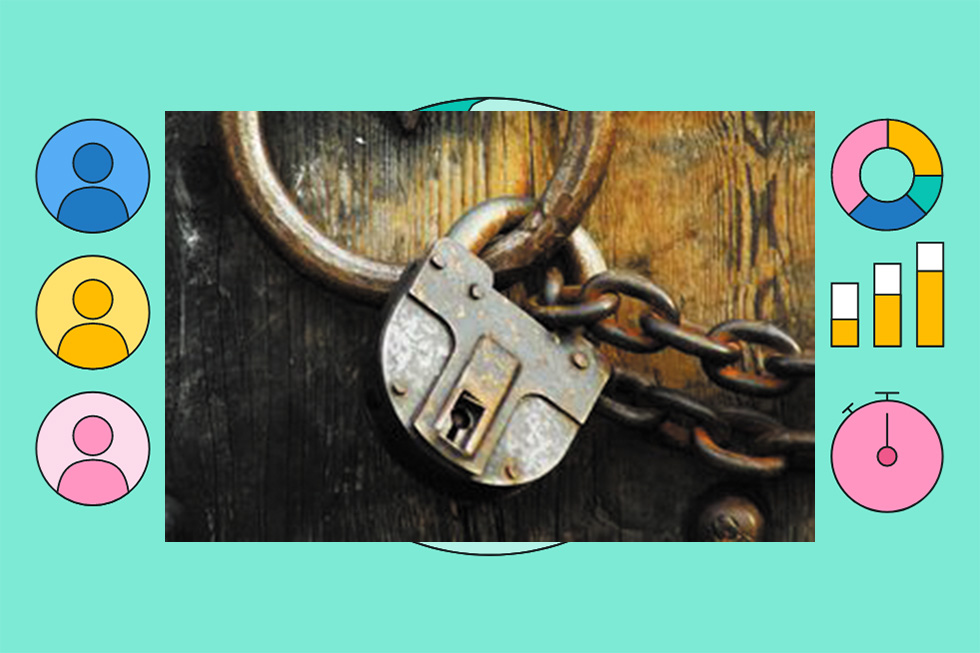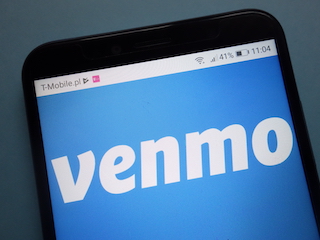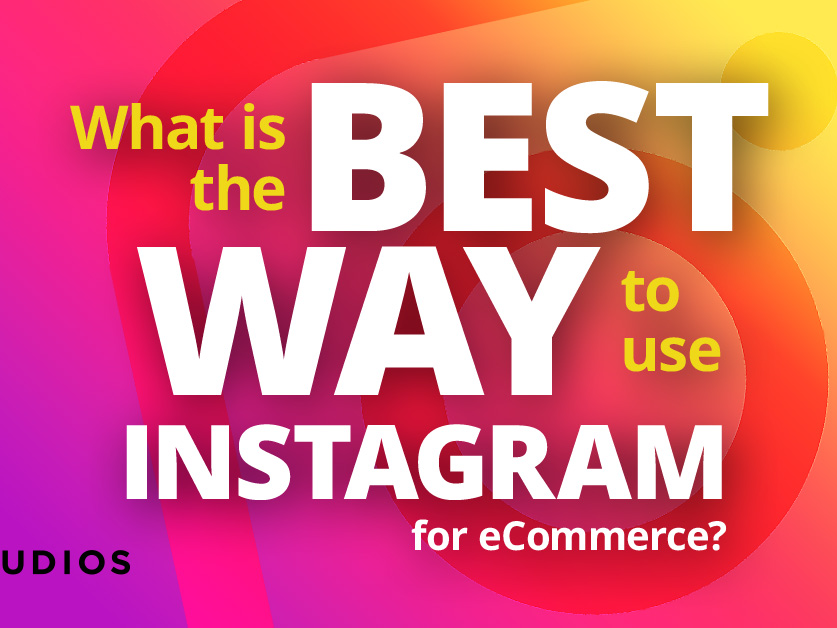P2P funds happen between two folks. The time period stands for each “peer-to-peer” and “person-to-person.” Giving $20 to a good friend in your share of final evening’s dinner invoice is a sort of P2P fee. Paying a co-worker for the workplace present fund is one other.
P2P funds as soon as concerned solely money. They now embody digital funds. Sq.’s Money App claims over 30 million customers. Venmo, one other standard app, has greater than 60 million. And PayPal, the unique P2P money-transfer supplier, has near 350 million energetic customers.
As an alternative of utilizing bank cards, shoppers at the moment are buying items and companies with P2P apps, and retailers more and more settle for P2P funds. In a way, many retailers have develop into “friends” to capitalize on the development.
Shopper Perspective
Most P2P fee apps have the same appear and feel. The buyer downloads the app, registers, after which hyperlinks to both a bank card, debit card, or a checking account — collectively often called funding sources. The app transfers funds from certainly one of these sources to the opposite particular person within the transaction. The recipient normally receives the funds instantly and might deposit right into a linked checking account or retain within the app to make use of later.
The buyer’s perspective of P2P funds utilizing the PayPal app.
Service provider Perspective
Retailers can settle for P2P funds in certainly one of 4 methods.
1. Peer-to-merchant, whereby retailers act because the recipient of a P2P switch. This sort of fee is finest fitted to smaller, impartial retailers and occasional sellers at, for instance, arts and crafts festivals, farmers’ markets, and bake gross sales.
2. P2P for companies. Standard apps similar to PayPal, Venmo, Zelle, and Sq. Money App provide enterprise profiles, the place retailers can create and show a QR code to their clients. The QR code can seem anyplace: inside or exterior a retailer; on print media similar to enterprise playing cards, indicators, and flyers; and on web sites. Clients provoke funds by scanning the QR code, which can open the service provider’s P2P app on the client’s telephone. A further good thing about enterprise profiles is that retailers can listing within the app’s listing, thereby connecting with new clients.
Utilizing P2P enterprise profiles, retailers can seem within the app’s listing, thereby connecting with new clients. This instance is from Venmo.
3. P2P as an ecommerce checkout technique. Ecommerce retailers can add P2P buttons to their checkout pages. The person expertise is much like the acquainted “Pay with PayPal” choice. Utilizing Venmo, for instance, after deciding on the “Venmo” button, clients enter their Venmo account particulars and authorize the cash switch to the service provider. Clients fund the transaction from their linked checking account, credit score or debit card, or their stability at Venmo. The service provider receives the fee in full, minus a transaction charge (extra on this under), whatever the buyer’s selection of funding supply.
After deciding on the “Venmo” button, clients enter their Venmo account particulars and authorize the cash switch to the service provider.
4. Fee requests are applicable for smaller service suppliers similar to gardeners, tutors, and freelancers. Hottest P2P apps enable customers to request cash. Enterprise house owners can use the app to generate a “pay me” hyperlink and ship it to a buyer by way of textual content message, electronic mail, or social media. The shopper then clicks the hyperlink and is guided by means of the method of transferring funds.
Service suppliers can use P2P apps to generate a “pay me” hyperlink and ship it to a buyer by way of textual content message, electronic mail, or social media. This instance is from PayPal.
Service provider Charges
For the privilege of accepting P2P funds, retailers can count on to pay charges. Thankfully, the charges are comparatively low in comparison with accepting bank cards.
Retailers do not need to acquire point-of-sale tools (scanners, registers, PIN-pads) or service provider accounts. All that’s required is a pc or a smartphone and an account with a number of P2P suppliers.
There is no such thing as a cost for making a enterprise account with Zelle, PayPal, Venmo, and Sq.’s Money App. None of those suppliers cost a charge for receiving P2P funds. Venmo doesn’t cost for enterprise profiles (i.e., Venmo enterprise accounts), however, in response to Venmo’s documentation, retailers accepting funds by way of their enterprise profile might, sooner or later, incur a per-transaction charge of 1.9 % + $0.10.
The one cost relevant to most enterprise house owners is an instant-deposit charge, which varies from supplier to supplier however normally ranges from 1.0 – 1.5 % of the transaction quantity. Venmo caps its instant-deposit charge at $10; Sq.’s Money App doesn’t provide a cap. Zelle has no deposit charge as a result of it’s a value-added service from banks.
Retailers can keep away from the instant-deposit charge by ready 1 and 5 enterprise days earlier than transferring funds from the P2P account to their linked checking account. That is referred to as the maintain interval: the period of time that the P2P app will maintain funds earlier than permitting free transfers to linked financial institution accounts.
Foreign money conversion is one other potential charge. PayPal permits cross-border funds, however different suppliers don’t. Upon receiving a P2P switch from a international buyer, PayPal will convert to your native foreign money and cost $3 for the service. And the alternate price that PayPal applies will probably be extra expensive than international alternate suppliers.
Lastly, P2P funds should not applicable for each enterprise. Most ought to nonetheless settle for conventional bank cards, which include an unlimited array of charges.

